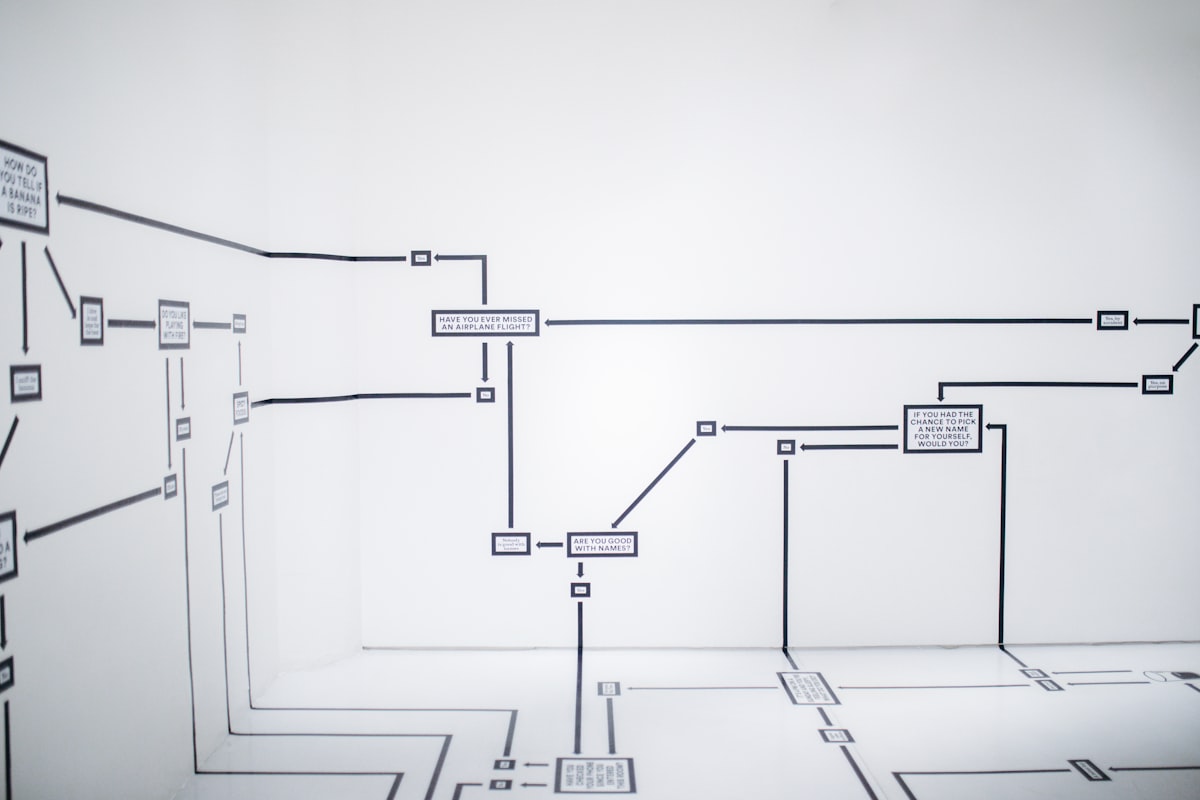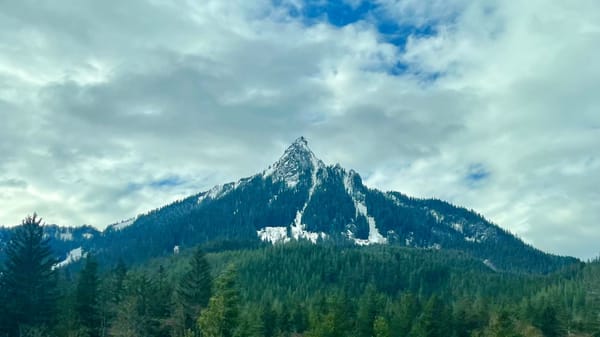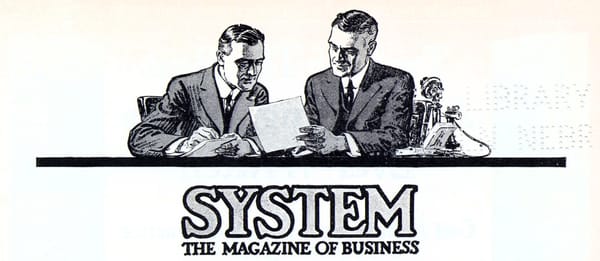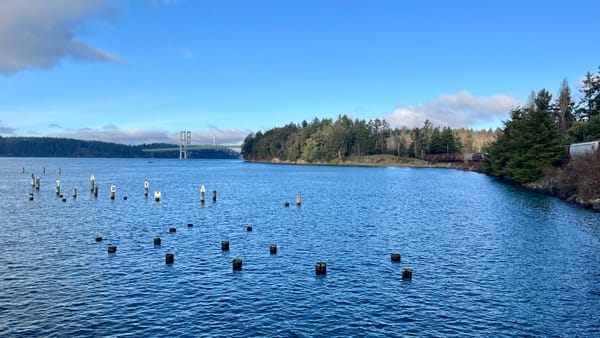Dust off those awful process maps. Add these 3 things to them to get people thinking
Get those process maps off the shelf and turn them into something useful.

Process maps are the worst. I hate getting paid to make something that immediately goes onto the shelf, never to be looked at again.
And you know what every organization’s shelf is full of? PROCESS MAPS.
People love to make these damn things, or hire consultants to make them, and then bask in the sensation of accomplishment. Of having “documented”—or even worse, “understood”—the current state. What a waste of everybody's attention!
Next time somebody gives you a process map and shrugs, saying, “well here it is, although it’s a little out of date,” here are three things you can quickly add to it.
One: Clearly identified wiggle room
Even in the most dialed-in, locked-down business process there is some wiggle room. Find it. Circle it. Shade it in on the diagram. If 90% of the process is utterly inflexible due to agreements, requirements, contracts, deals, budgets, SLAs, suppliers, etc., there are still some things that can be changed. Find that 10% and make sure everybody else can see it too.
Two: Controls and why they’re there
Controls exist to mitigate risks. Identify the controls built in to this process, and draw them into the process map if they’re not already there. For each control, write down how often it happens, whether it’s automated or manual, what risk it’s there to guard against.
Sometimes processes have too many controls built in. Sometimes, not enough. How are you going to tell unless you map them out?
Three: Process behavior stats
For each step in the process, get some baselines. It’s OK to guess. Build a wee little table with these elements: How often does this happen? How long does this step take? What’s the percentage of time work enters into this process step 100% complete and accurate (%C/A)?
Now you know where the constraints or bottlenecks are. And you know where things break down. Remove constraints as best you can, build in quality where it’s needed. (Easier to not make mistakes in the first place than to have to sort them out later.)
TL;DR:
Process maps gather dust since they don't explain much on their own. Improve them by...
- Identifying wiggle room or degrees of freedom, so people can see opportunities.
- Listing controls, so people can argue about risks and mitigation.
- Measuring process behavior, so people can see where work breaks down.



